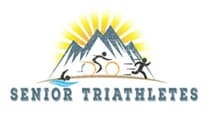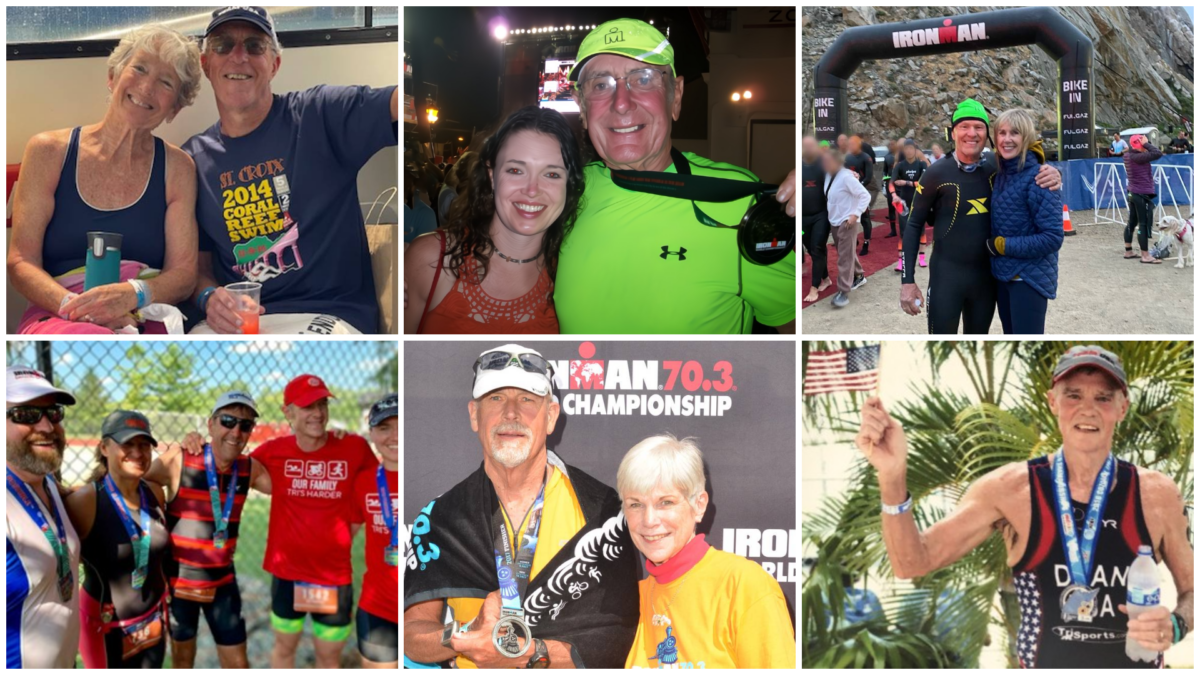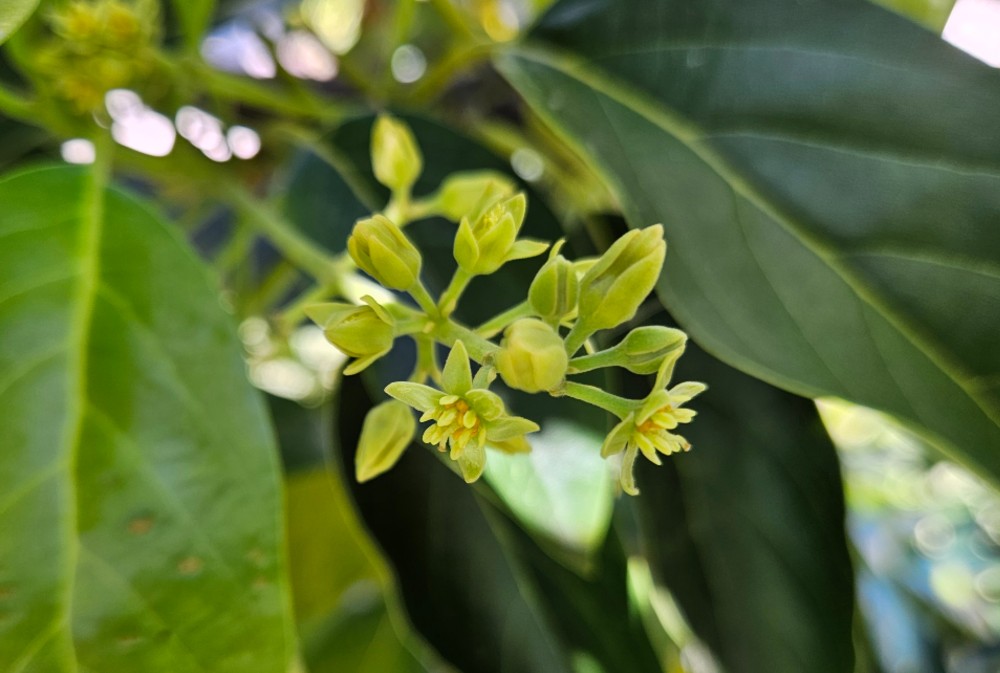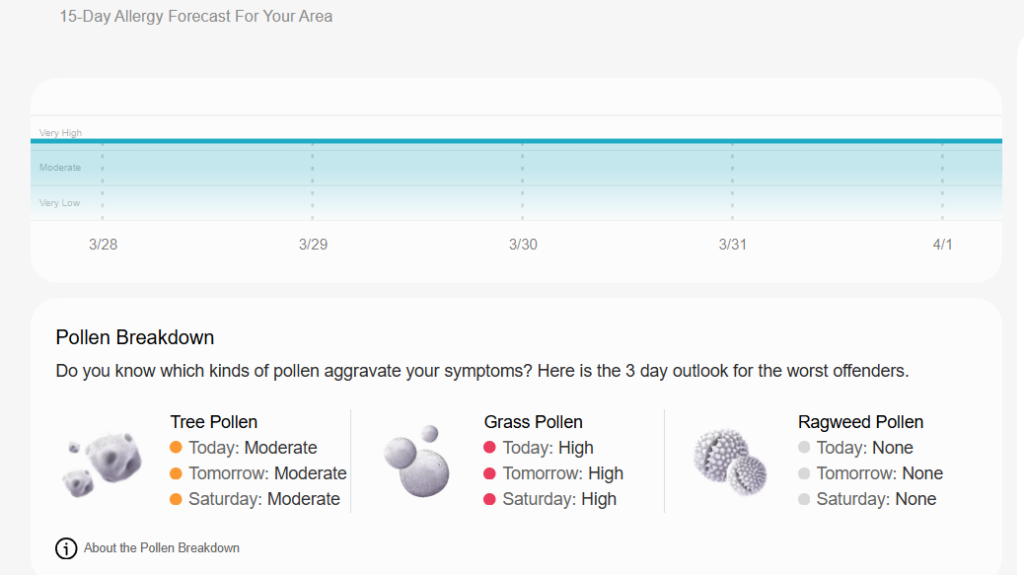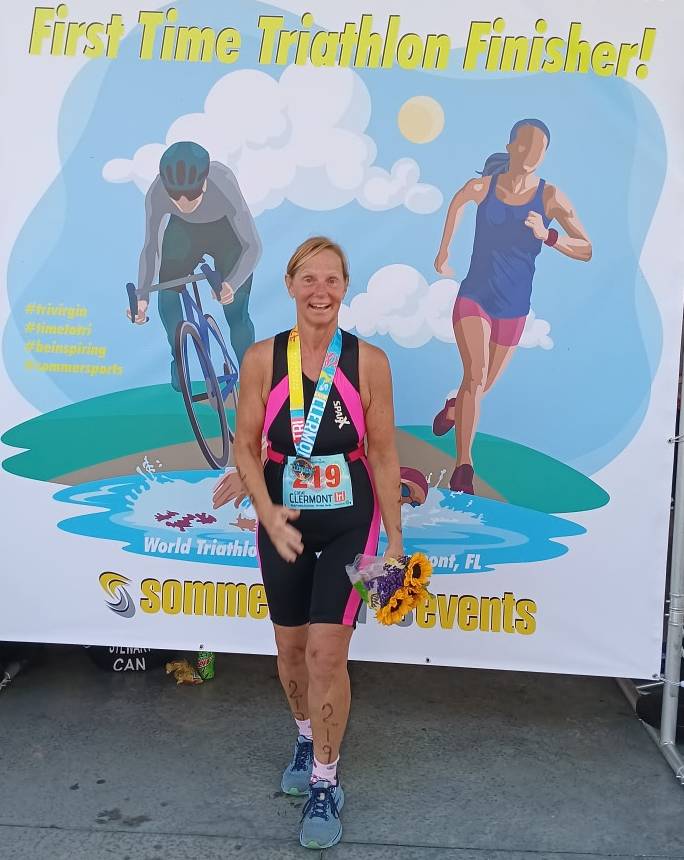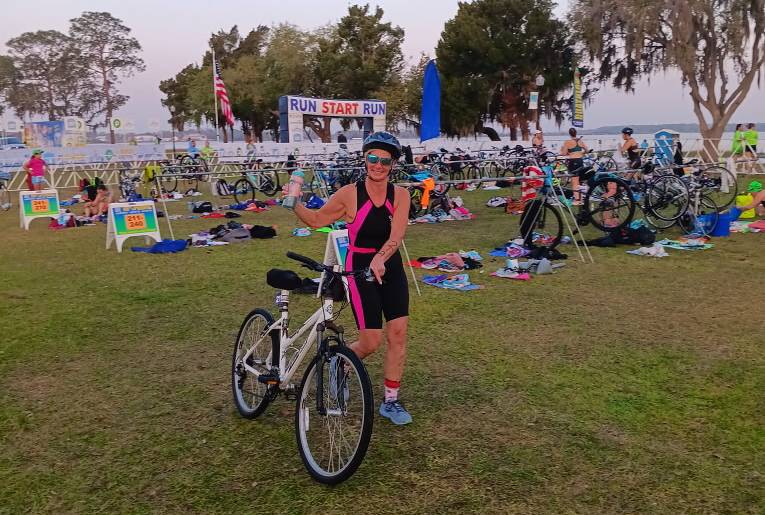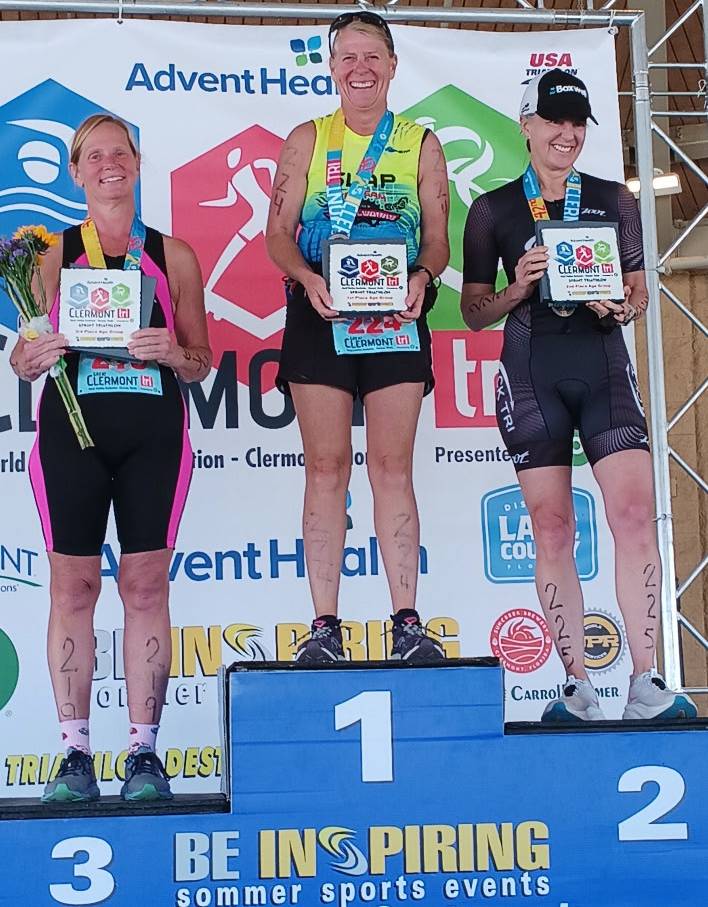Ask Our Coaches: Focus Training On My Weakest or Strongest Sport?
Should I focus my training on strengthening my strongest leg of a triathlon? Or should I train to improve the weakest one?
These questions have plagued many triathletes. The presence of respected triathletes on both sides of the debate has further confused the issue.
Specific to our community, what is the right approach for a senior multisport endurance athlete? Senior triathlete and TriDot Coach Kurt Madden shares his perspective on these questions below.
Training a Senior Athlete’s Strengths and Weaknesses: What’s the Right Approach?
For triathletes over the age of 50, a common and important question arises. What is the most effective strategy to leverage your strengths while addressing your areas of improvement across the swim, bike, and run? At this stage in life, it’s essential to train smarter—not just harder—and to ensure your time, energy, and resources deliver meaningful results.
Let’s begin with a scenario many senior athletes face. Suppose you’re a strong runner who consistently performs well on the run course and genuinely enjoys those sessions. That’s a strength worth preserving and building on—particularly running off the bike, which can be a strategic advantage. If it brings you joy and confidence, continue to maximize that asset.
However, if the swim is a struggle—marked by minimal improvement, race-day anxiety, or lack of enjoyment—it may be time to take a different approach. Rather than avoiding the swim or hoping it improves through repetition, consider working with a qualified swim coach or a certified triathlon coach. A skilled coach can help you develop both your technique and your mental approach, transforming the swim from a dreaded segment into a manageable or even enjoyable part of your race. Otherwise, it’s easy to fall into a fixed mindset, which often leads to discouragement and diminished race-day satisfaction.
Related Post: Quickest Way To Your Faster Triathlon Swim
What If I Struggle On The Bike?
Another common scenario: an athlete who is competent in swimming and running, but consistently underperforms on the bike. If your cycling isn’t progressing despite effort, you may benefit greatly from leveraging training and racing platforms like TriDot, which is designed to optimize performance through data-driven insights and analytics. TriDot can help fine-tune your training to maximize gains and stamina—particularly critical for the bike leg, which is often the longest portion of a triathlon.
Additionally, this is a great opportunity to collaborate with a coach who can conduct a comprehensive cycling assessment. This might include a deep dive into your bike fit, gear, power output, and position through video analysis. Small adjustments can yield big improvements, and a coach can help identify areas you may not be able to evaluate on your own.
To keep things fun and fresh, consider joining local group rides or participating in virtual rides. These options provide social engagement, variety, and accountability. Plus, they can reignite your motivation and add a sense of adventure to your training.
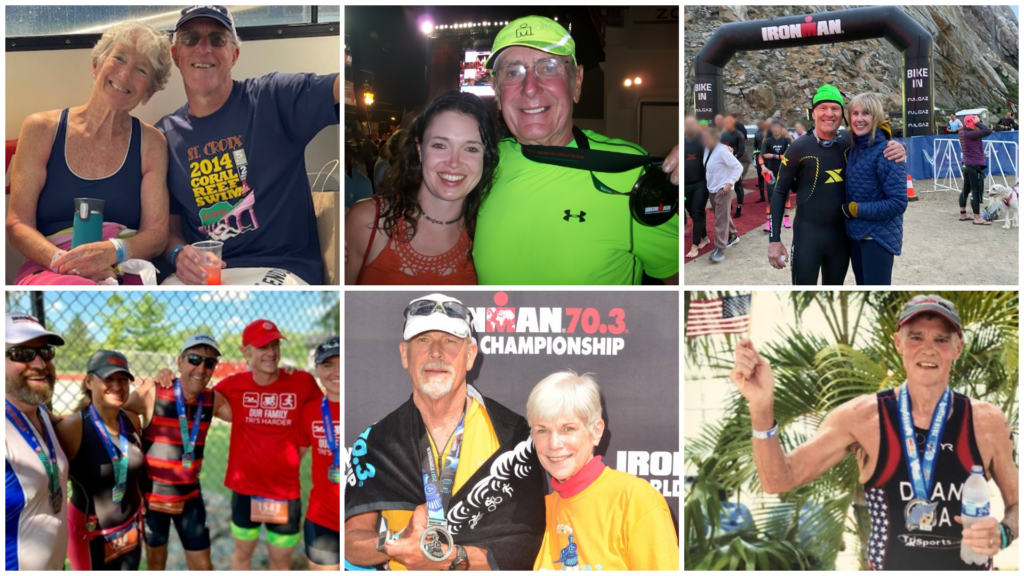
It’s Not About Perfection
In summary, success as a senior triathlete isn’t about perfection—it’s about progress and purpose. Continue to develop your strengths, but don’t ignore the value of working through your limitations. With the support of a knowledgeable coach, you can turn obstacles into opportunities and keep pushing boundaries with excellence. The goal is not just to race well—but to train with joy, compete with confidence, and enjoy the process every step of the way.
It’s Your Turn To Ask Our Coaches
Post your questions and comments for Coach Kurt Madden below.
Comments: Please note that I review all comments before they are posted. You will be notified by email when your comment is approved. Even if you do not submit a comment, you may subscribe to be notified when a comment is published.
